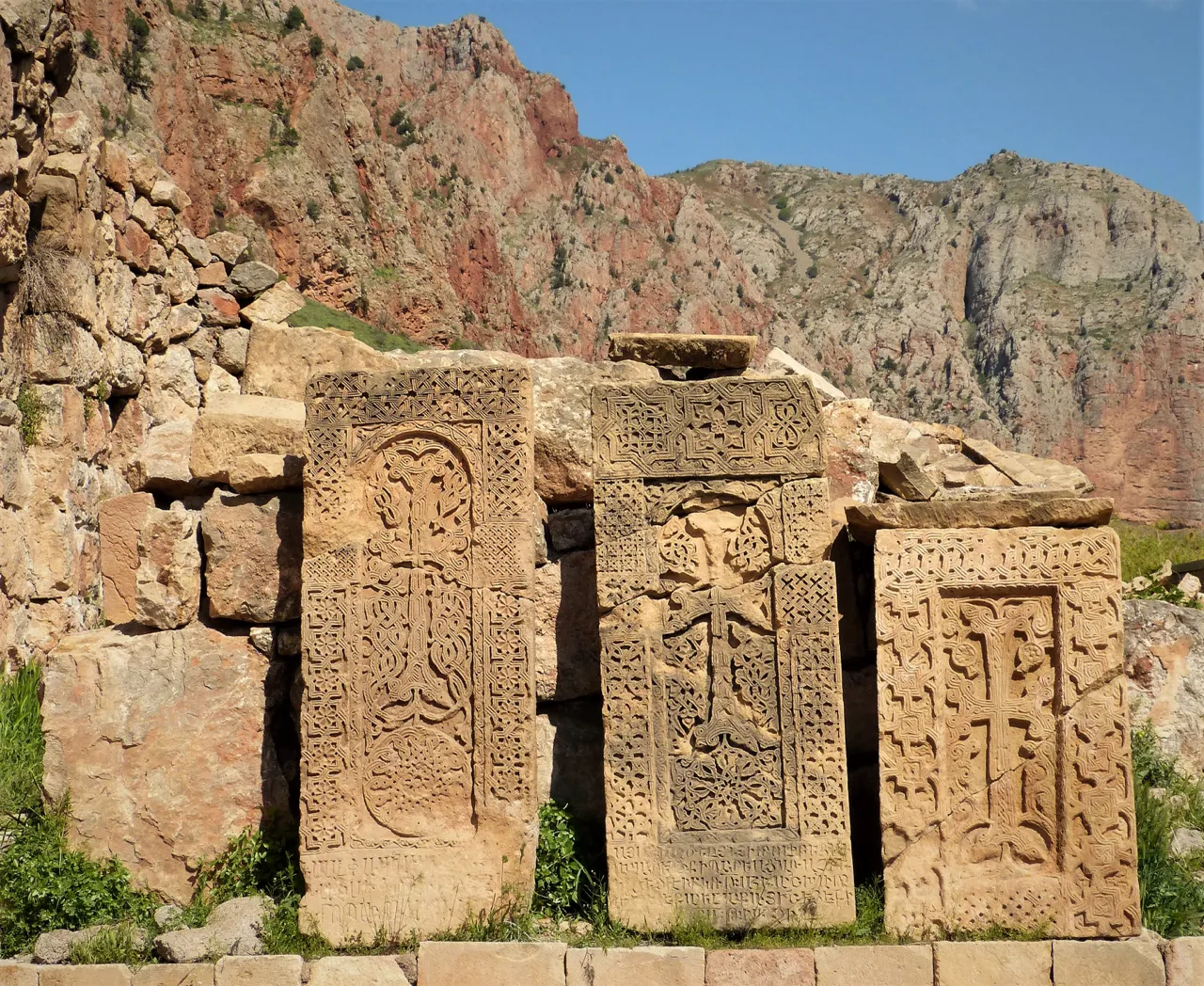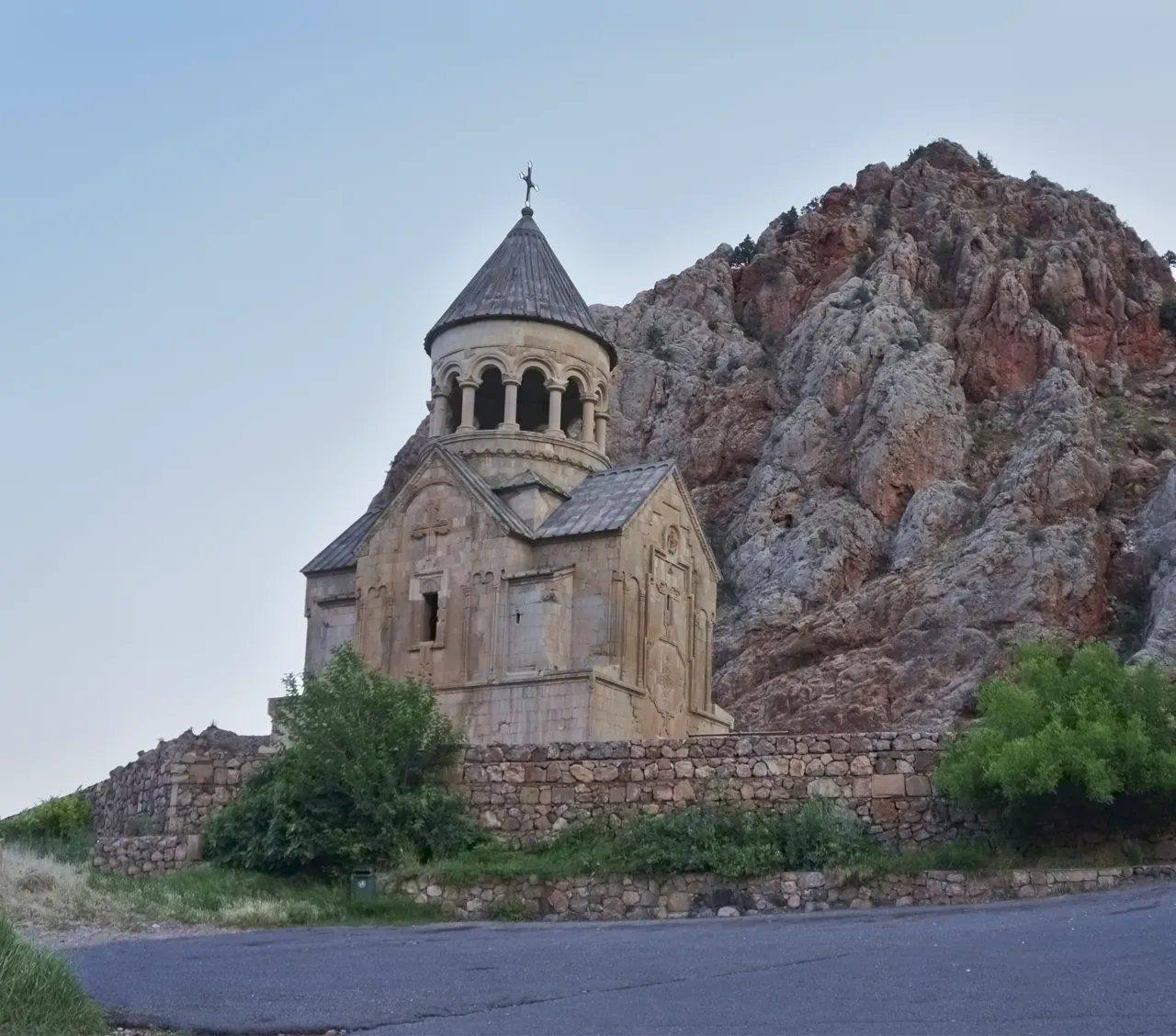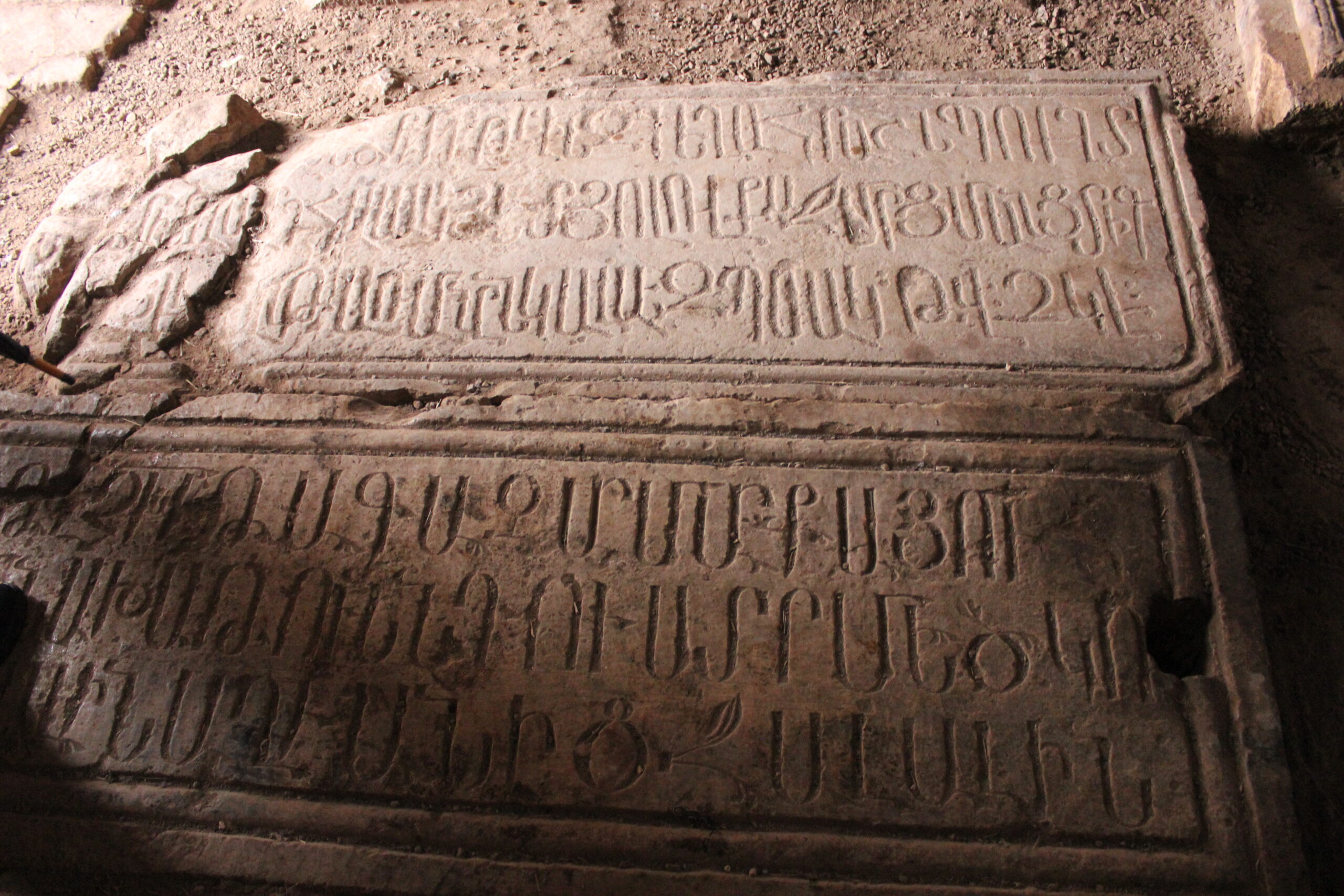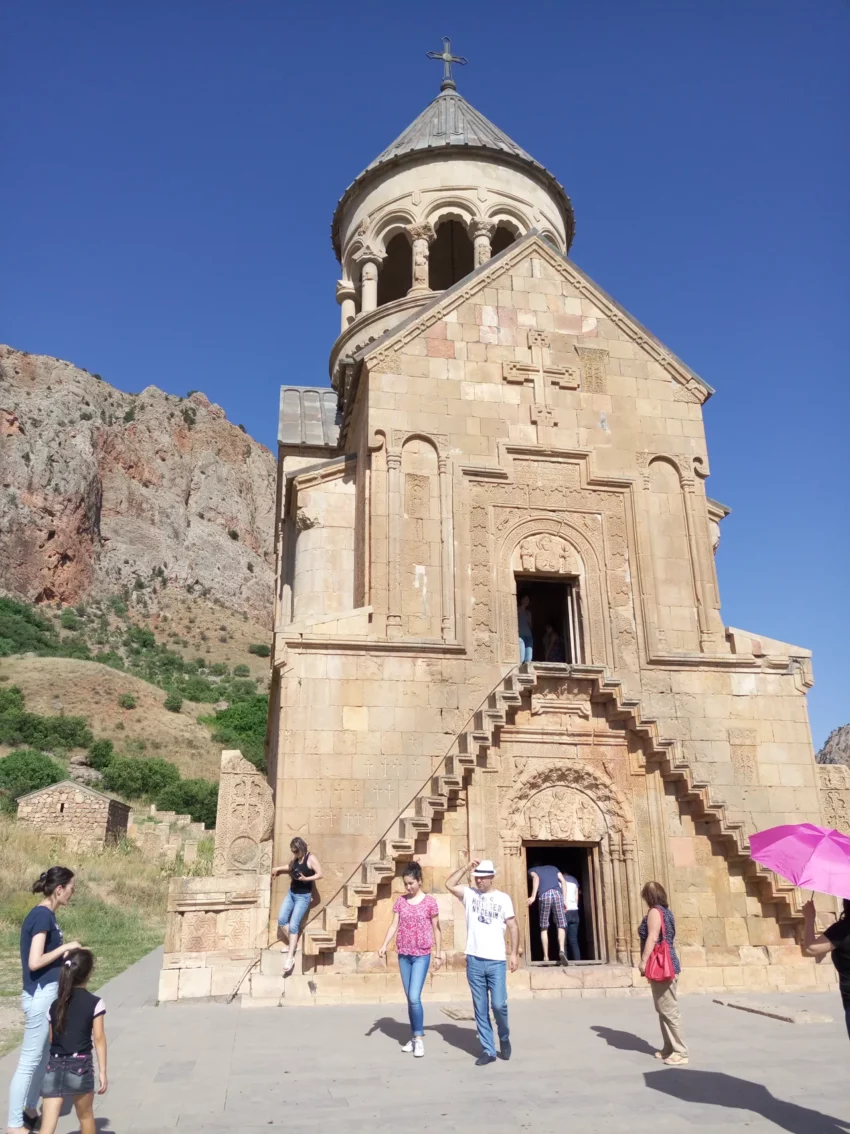Noravank Monastery: Armenia’s Gem of Spiritual and Architectural Brilliance
Nestled in a narrow gorge carved by the Amaghu River, Noravank Monastery showcases 13th-century Armenian architecture. Located 122 km from Yerevan, near Yeghegnadzor, the monastery stands out with its stunning surroundings. Tall, brick-red cliffs frame its elegant structures. The standout feature is the two-storey Surb Astvatsatsin (Holy Mother of God) Church. Visitors access it via a narrow stone staircase.
Get your dose of History via Email
Historical Significance
Founded in 1105 by Bishop Hovhannes, Noravank quickly became a major religious and cultural center in Armenia. The monastery served as the residence of Syunik’s bishops and connected closely to the famed university and library at Gladzor. This deep intellectual connection fostered learning and art in the region.

Architectural Marvels of Noravank
The crown jewel of Noravank is the Surb Astvatsatsin Church, also known as Burtelashen. It honors its financier, Prince Burtel Orbelian. Completed in 1339, this masterpiece by the sculptor and miniaturist Momik features intricate reliefs and a dramatic, multi-tiered design. The church’s ground floor houses the tombs of Prince Burtel and his family. The upper floor, accessible by narrow steps, serves as a memorial temple.
The western portal of Burtelashen is particularly magnificent. It is adorned with sculptures of Christ, the Apostles Peter and Paul, and various decorative elements like columns, arches, and medallions. The church’s design, with its heavy base and lighter, more ornate upper levels, creates a harmonious and imposing structure. It stands out against the natural landscape.

Surb Karapet Church
Built between 1216 and 1227, Surb Karapet Church, also known as St. John the Baptist Church, features a cross-in-square design typical of Armenian architecture. Despite being damaged by earthquakes over the centuries, it has been meticulously restored. The church’s western antechamber, or gavit, built in 1261, is notable for its intricate khachkars (cross-stones) and inscribed gravestones.
The gavit’s unique tent-like roof, which mimics the wooden roofs of traditional Armenian homes, adds a distinctive touch. The western façade is richly decorated. It features carvings of the Holy Virgin, saints, and a unique relief of God the Father blessing the Crucifix.
Surb Grigor Chapel
The Surb Grigor Chapel, added to the northern wall of Surb Karapet Church in 1275, contains tombs of the Orbelian family. This modest chapel has a rectangular plan with a semi-circular altar and a vaulted ceiling. The entrance, adorned with columns and an arched tympanum, leads to an interior that features khachkars and reliefs of doves.

The Khachkars of Noravank
Noravank is home to several remarkable khachkars. The most intricate is a 1308 creation by Momik. This khachkar features a large cross, shield-shaped rosettes, and eight-pointed stars, framed by cinquefoil arches. The top of the khachkar depicts a Deesis scene, symbolizing a pergola with its background of flowers, fruit, and vine leaves.
Conclusion
Noravank Monastery is a stunning blend of natural beauty and architectural genius. Its historical significance and artistic achievements make it a must-visit destination for anyone interested in Armenian culture and heritage. Visitors exploring the intricately designed churches and chapels can appreciate the profound legacy of faith and artistry that Noravank represents.
Sources:

